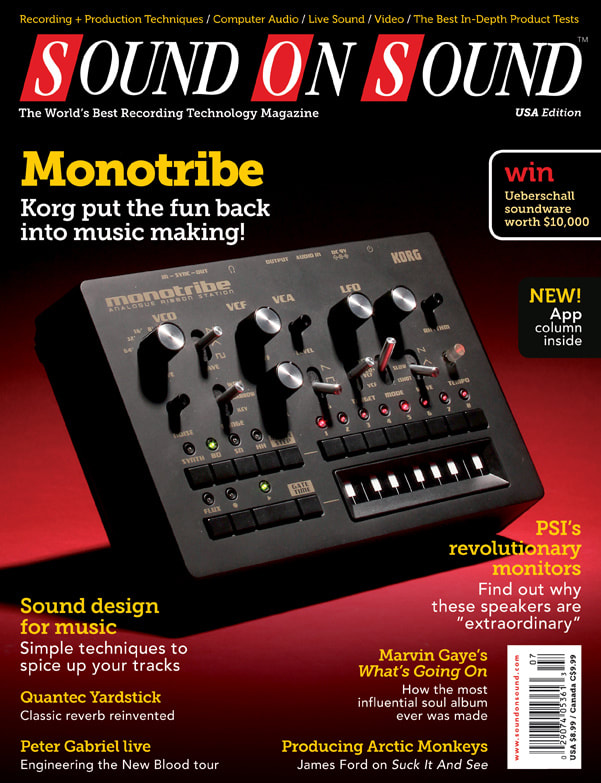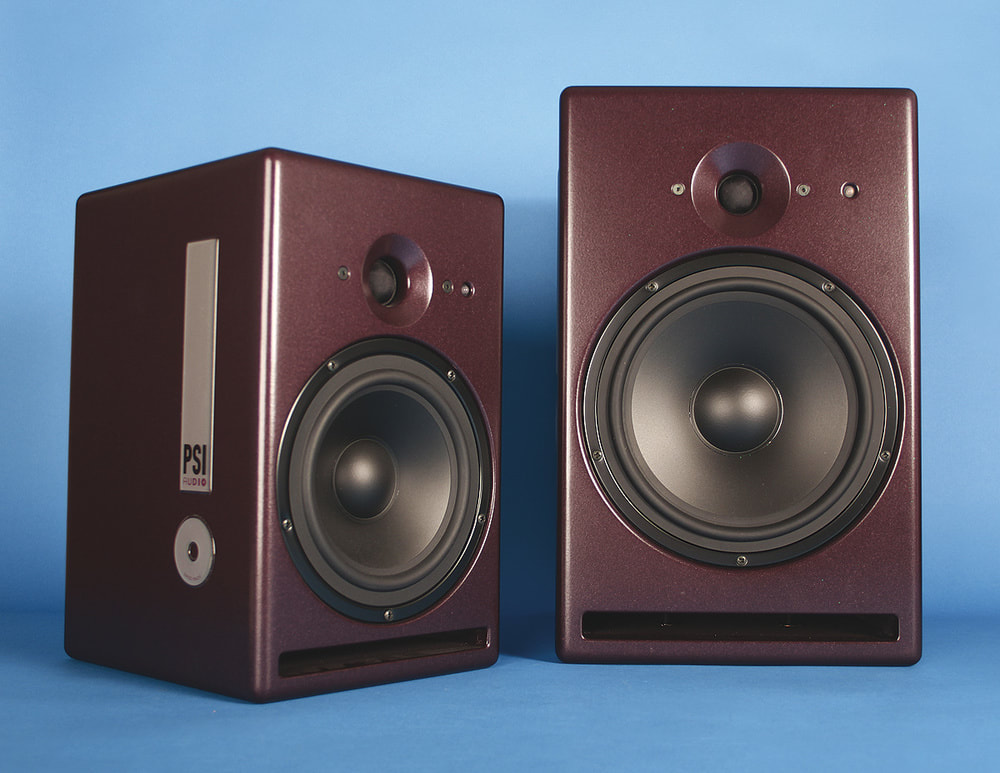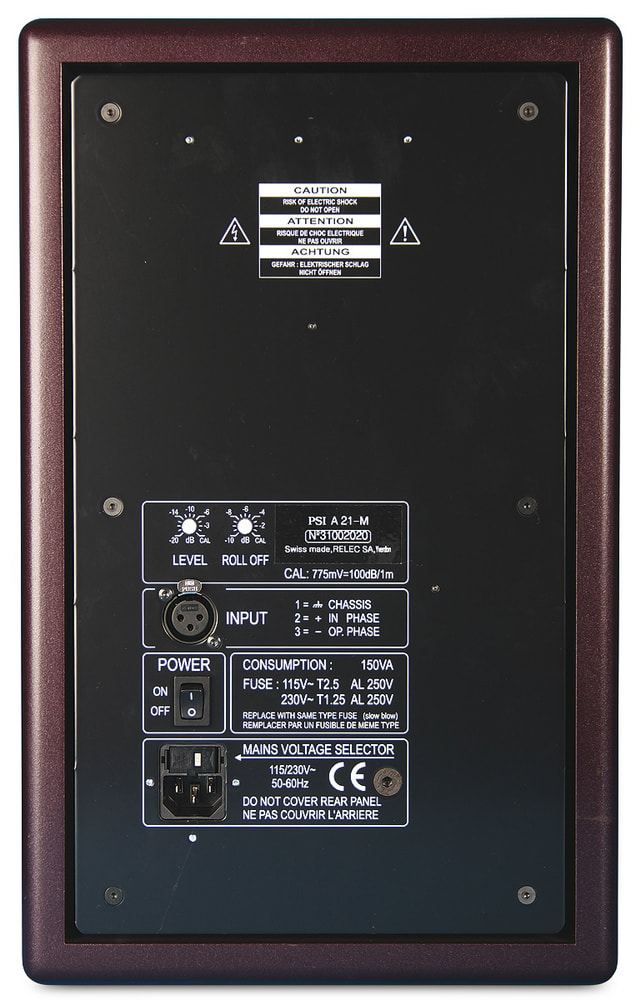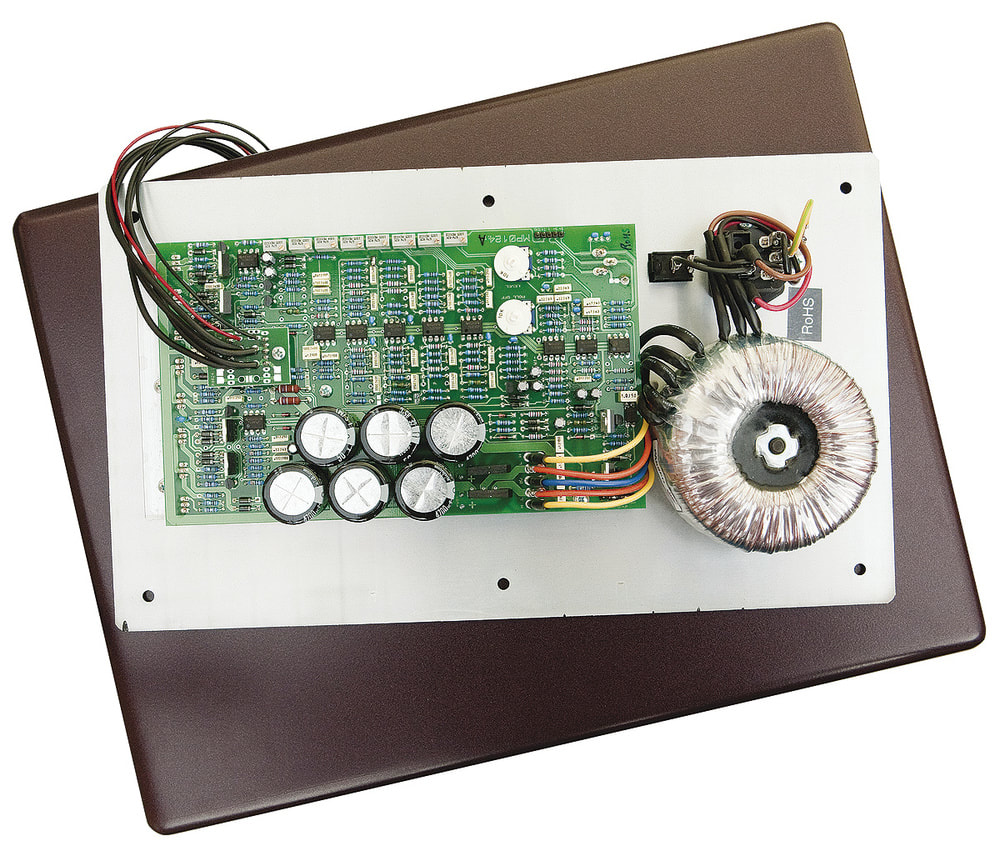|
Product Review
PSI Audio – A17M & A21M Active Monitors
These compact monitors from Swiss company PSI incorporate some very clever technology, including 'Class‑G' amplification, that helps put them in a class of their own! PSI Audio is almost certainly an unfamiliar name to most, yet I predict these intriguing Swiss monitor‑speaker manufacturers will quickly become as well known and highly thought-of as the many well‑established high‑end manufacturers, such is the quality of their products. PSI Audio started out as Relec SA in the late 1970s, the brainchild of Alain Roux, and have been producing a broad range of hi‑fi, PA and studio monitoring loudspeakers for over 30 years, both under their own name and as OEM manufacturers.
|
However, the PSI Audio brand is now being marketed more actively worldwide, and the company's innovative products are being brought to the attention of a far wider audience.

